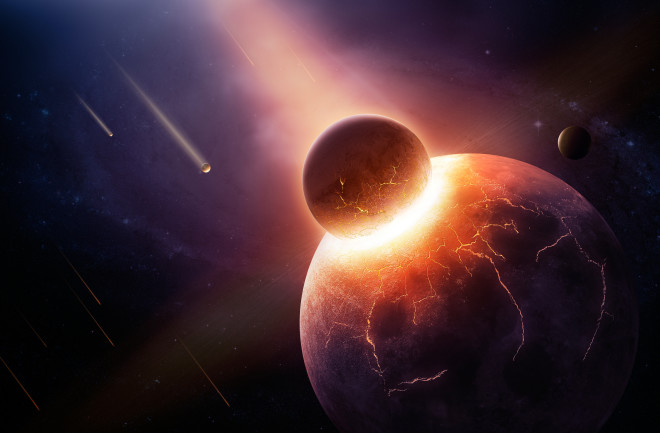We've had a good run of it. In the 500,000 years Homo sapiens has roamed the land we've built cities, created complex languages, and sent robotic scouts to other planets. It's difficult to imagine it all coming to an end. Yet 99 percent of all species that ever lived have gone extinct, including every one of our hominid ancestors.
In 1983, British cosmologist Brandon Carter framed the "Doomsday argument," a statistical way to judge when we might join them. If humans were to survive a long time and spread through the galaxy, then the total number of people who will ever live might number in the trillions. By pure odds, it's unlikely that we would be among the very first hundredth of a percent of all those people.
Or turn the argument around: How likely is it that this generation will be the one unlucky one? Something like one fifth of all the people who have ever lived are alive today. The odds of being one of the people to witness doomsday are highest when there is the largest number of witnesses around — so now is not such an improbable time.
Human activity is severely disrupting almost all life on the planet, which surely doesn't help matters. The current rate of extinctions is, by some estimates, 10,000 times the average in the fossil record. At present, we may worry about snail darters and red squirrels in abstract terms. But the next statistic on the list could be us.

